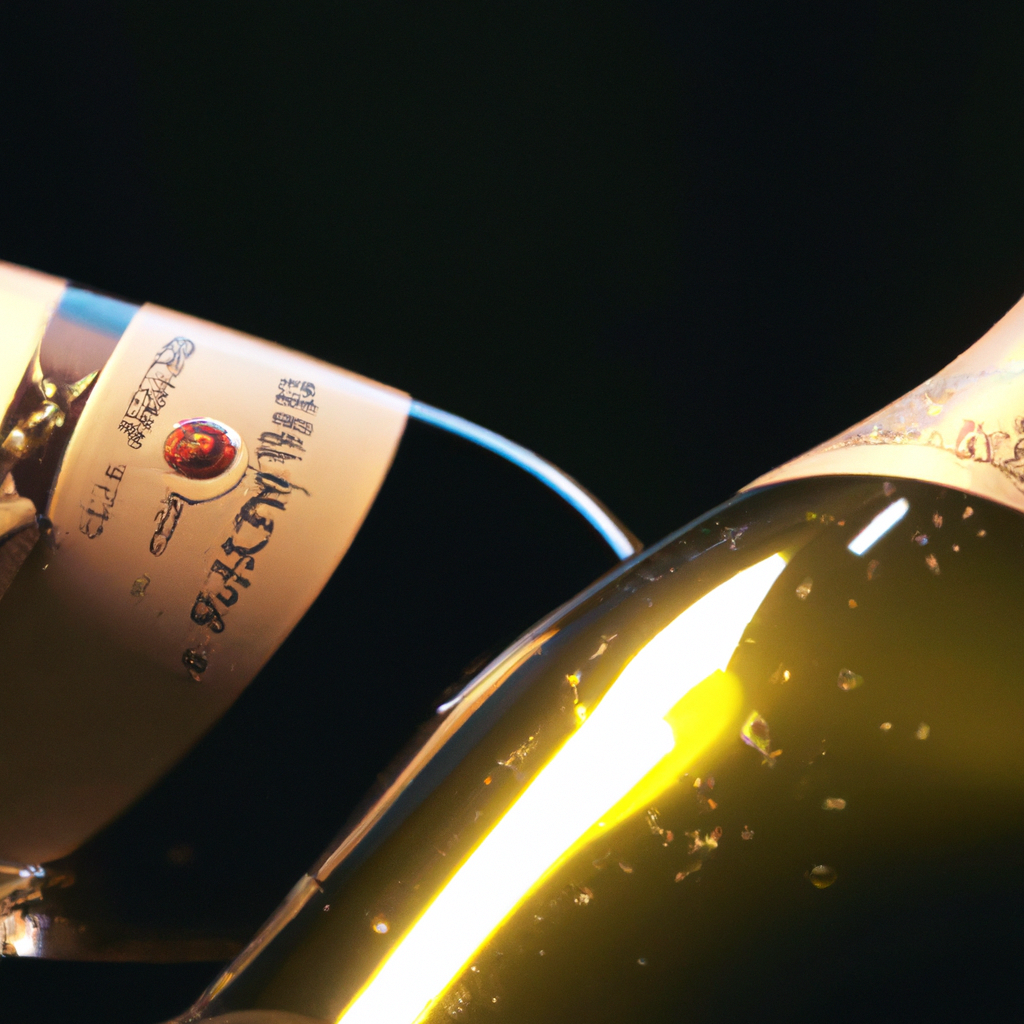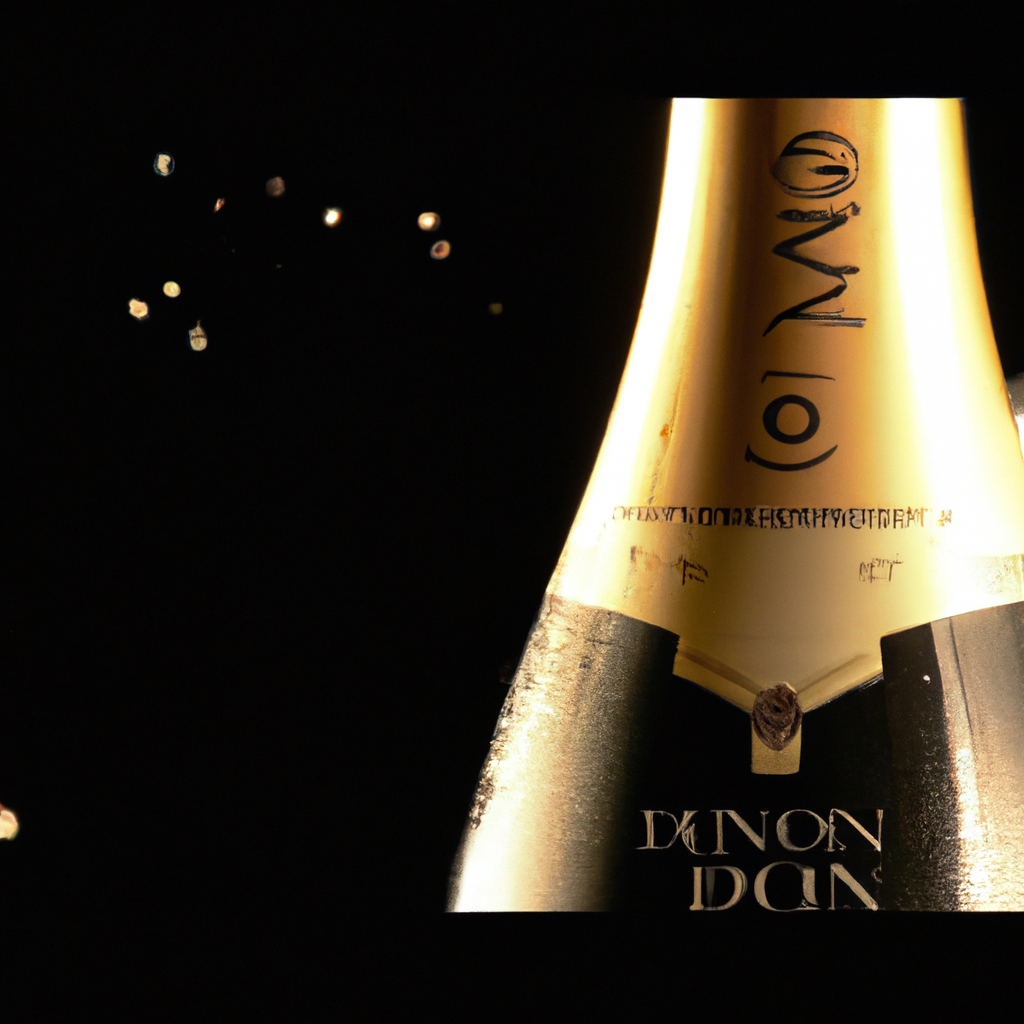
-
Article Summary
- Unveiling the Dom (Pérignon) and the Myth: Champagne Part III
- Key Takeaways
- Introduction: Bubbling Truths and Myths
- The Real Story of Dom Pérignon
- The Art of Making Champagne
- Champagne: More Than Just a Celebratory Drink
- Debunking Champagne Myths
- FAQ Section
- 1. Did Dom Pérignon invent Champagne?
- 2. How is Champagne made?
- 3. What contributes to the taste and texture of Champagne?
- 4. Is Champagne just a celebratory drink?
- 5. What are some common myths about Champagne?
- Conclusion: The Last Drop
- Revisiting the Key Takeaways
Unveiling the Dom (Pérignon) and the Myth: Champagne Part III

[youtubomatic_search]
Key Takeaways
- Dom Pérignon is not the inventor of Champagne, but he made significant contributions to its production.
- The process of making Champagne is complex and involves a second fermentation in the bottle.
- Champagne’s unique taste and texture are due to its terroir and the méthode champenoise.
- Champagne is more than just a celebratory drink; it has a rich history and cultural significance.
- There are many misconceptions about Champagne, including its serving temperature and the best way to open a bottle.
Introduction: Bubbling Truths and Myths
Champagne, the sparkling wine synonymous with celebration and luxury, has a history as rich and effervescent as its taste. At the heart of this history is Dom Pérignon, a Benedictine monk often credited with inventing Champagne. However, the truth is more nuanced. This article aims to unveil the real story of Dom Pérignon and debunk some common myths about Champagne.
The Real Story of Dom Pérignon
Contrary to popular belief, Dom Pérignon did not invent Champagne. Sparkling wine was already being produced in the Champagne region of France before he was born. However, Dom Pérignon did make significant contributions to the production of Champagne. He introduced techniques such as blending grapes from different vineyards and using stronger bottles to withstand the pressure of the second fermentation, which are still used in Champagne production today.
The Art of Making Champagne
The process of making Champagne is complex and involves a second fermentation in the bottle, known as the méthode champenoise. This process gives Champagne its unique bubbles. The grapes used, the blend, and the length of aging all contribute to the taste and texture of Champagne. The terroir, or the environmental conditions in which the grapes are grown, also plays a crucial role.
Champagne: More Than Just a Celebratory Drink
Champagne is often associated with celebrations, but it is more than just a celebratory drink. It has a rich history and cultural significance. For example, it was traditionally used in the coronation of French kings. Today, it is a symbol of luxury and sophistication, enjoyed by wine connoisseurs around the world.
Debunking Champagne Myths
There are many misconceptions about Champagne. For instance, it is often believed that Champagne should be served ice cold. However, experts recommend serving it at a temperature of around 10°C to fully appreciate its flavors. Another common myth is that the best way to open a bottle of Champagne is with a loud pop. In reality, the cork should be removed gently to preserve the bubbles and avoid wastage.
FAQ Section
1. Did Dom Pérignon invent Champagne?
No, Dom Pérignon did not invent Champagne. However, he made significant contributions to its production.
2. How is Champagne made?
Champagne is made through a complex process involving a second fermentation in the bottle, known as the méthode champenoise.
3. What contributes to the taste and texture of Champagne?
The grapes used, the blend, the length of aging, and the terroir all contribute to the taste and texture of Champagne.
4. Is Champagne just a celebratory drink?
No, Champagne has a rich history and cultural significance. It is a symbol of luxury and sophistication.
5. What are some common myths about Champagne?
Some common myths about Champagne include that it should be served ice cold and that the best way to open a bottle is with a loud pop.
Conclusion: The Last Drop
Champagne, with its effervescent bubbles and rich history, is more than just a celebratory drink. While Dom Pérignon did not invent Champagne, he made significant contributions to its production. The process of making Champagne is complex and involves a second fermentation in the bottle. The unique taste and texture of Champagne are due to its terroir and the méthode champenoise. Despite its popularity, there are many misconceptions about Champagne, including its serving temperature and the best way to open a bottle. By understanding the real story of Dom Pérignon and debunking these myths, we can appreciate Champagne in a new light.
[youtubomatic_search]
Revisiting the Key Takeaways
- Dom Pérignon did not invent Champagne, but he made significant contributions to its production.
- The process of making Champagne involves a second fermentation in the bottle, known as the méthode champenoise.
- The unique taste and texture of Champagne are due to its terroir and the méthode champenoise.
- Champagne is more than just a celebratory drink; it has a rich history and cultural significance.
- There are many misconceptions about Champagne, including its serving temperature and the best way to open a bottle.






